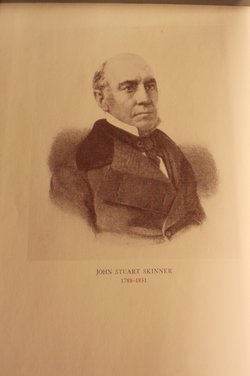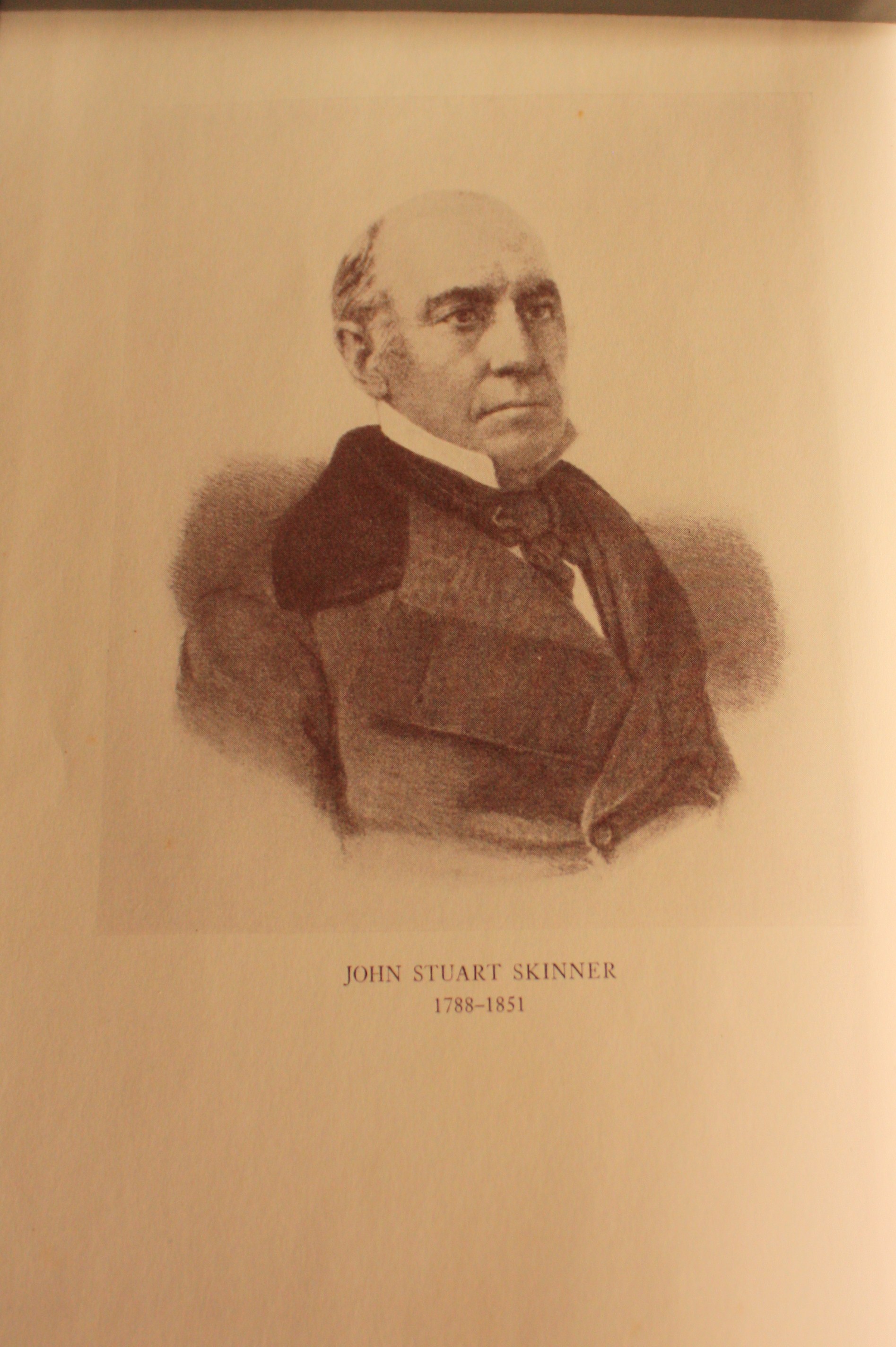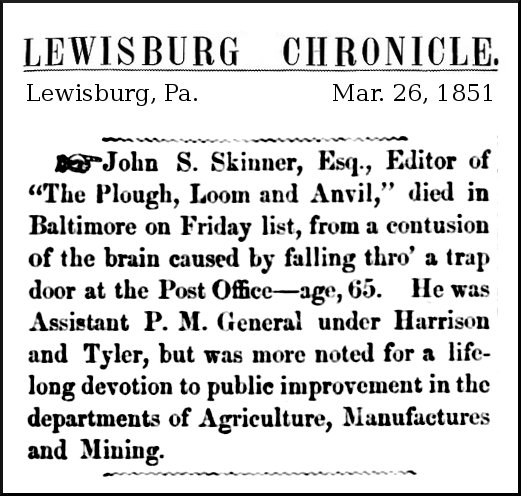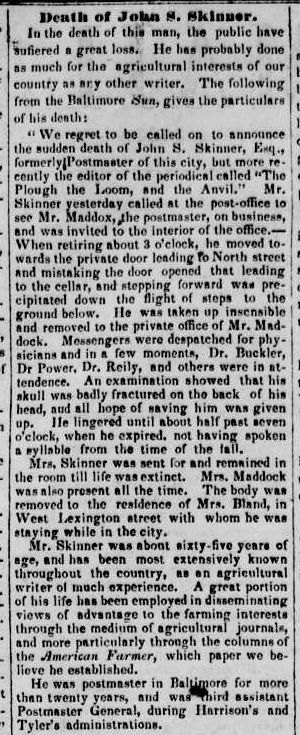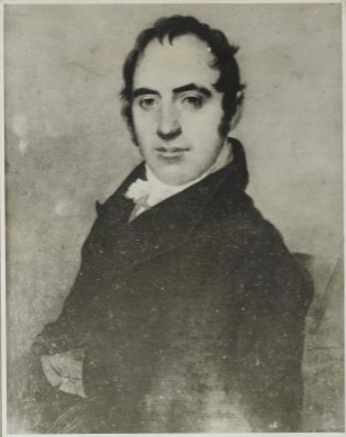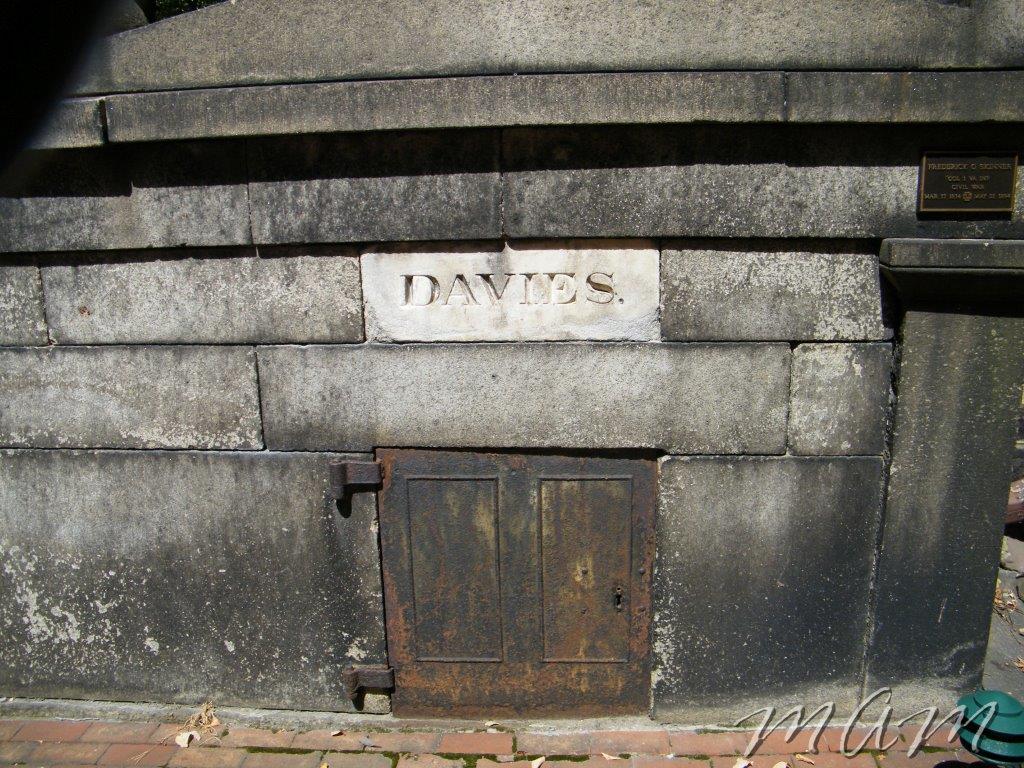When the British forces moved toward Washington in August 1814, Skinner rode ninety miles in the night to warn President Madison of their approach, earning the nickname "Maryland's Paul Revere". In retaliation, the British burned the buildings on Skinner's St. Leonard Creek estate. After the British burned Washington DC, Skinner was sent, along with Georgetown lawyer Francis Scott Key, to obtain the release of Dr. William Beanes, a Maryland physician captured by the British. Before leaving on this mission, Skinner acquired letters from wounded British prisoners of war describing their good treatment at the hands of the Americans. Although initially unwilling to release the doctor, British Major General Robert Ross was later persuaded after reading the letters from the wounded British prisoners.
In spite of Beanes' release, the three Americans were detained on board a British flag-of-truce ship to keep them from reporting on the British intent to attack Baltimore. In the flag-of-truce ship Skinner, Key and Beanes waited in painful suspense as the bombs, rockets and cannons fired in the darkness during the British attack of Fort McHenry. When the smoke cleared on the morning of September 14, 1814, Key, Skinner and Beanes were able to see the American flag still waving—Fort McHenry had not been taken by the British. Inspired, Key took a letter from his pocket and began to write verses on the back of it. His poem would later be named the Star Spangled Banner and would be coined the national anthem in March 1931.
From 1816 until 1849 Skinner was postmaster of Baltimore. He died in Baltimore on March 21, 1851 and is buried in Westminster Hall and Burying Ground.
Excerpts from "Virtual American Biographies" and Eshelman, Ralph. "Maryland War of 1812 Battlefields, Selected Skirmishes, Encampments, Earthworks and Riot Sites; A partnership between the American Battlefield Protection Program—National Park Service, Maryland Tourism Development Board, and Maryland Historical Trust," Appendix 1. December 2000.
Husband of Elizabeth Glen Davies Skinner
Father of Colonel Frederick Gustavus Skinner 1814-1894 (CSA) 1st Virginia Infantry. He is buried with his wife and father at the Westminster Cemetery, Baltimore.
When the British forces moved toward Washington in August 1814, Skinner rode ninety miles in the night to warn President Madison of their approach, earning the nickname "Maryland's Paul Revere". In retaliation, the British burned the buildings on Skinner's St. Leonard Creek estate. After the British burned Washington DC, Skinner was sent, along with Georgetown lawyer Francis Scott Key, to obtain the release of Dr. William Beanes, a Maryland physician captured by the British. Before leaving on this mission, Skinner acquired letters from wounded British prisoners of war describing their good treatment at the hands of the Americans. Although initially unwilling to release the doctor, British Major General Robert Ross was later persuaded after reading the letters from the wounded British prisoners.
In spite of Beanes' release, the three Americans were detained on board a British flag-of-truce ship to keep them from reporting on the British intent to attack Baltimore. In the flag-of-truce ship Skinner, Key and Beanes waited in painful suspense as the bombs, rockets and cannons fired in the darkness during the British attack of Fort McHenry. When the smoke cleared on the morning of September 14, 1814, Key, Skinner and Beanes were able to see the American flag still waving—Fort McHenry had not been taken by the British. Inspired, Key took a letter from his pocket and began to write verses on the back of it. His poem would later be named the Star Spangled Banner and would be coined the national anthem in March 1931.
From 1816 until 1849 Skinner was postmaster of Baltimore. He died in Baltimore on March 21, 1851 and is buried in Westminster Hall and Burying Ground.
Excerpts from "Virtual American Biographies" and Eshelman, Ralph. "Maryland War of 1812 Battlefields, Selected Skirmishes, Encampments, Earthworks and Riot Sites; A partnership between the American Battlefield Protection Program—National Park Service, Maryland Tourism Development Board, and Maryland Historical Trust," Appendix 1. December 2000.
Husband of Elizabeth Glen Davies Skinner
Father of Colonel Frederick Gustavus Skinner 1814-1894 (CSA) 1st Virginia Infantry. He is buried with his wife and father at the Westminster Cemetery, Baltimore.
Family Members
Advertisement
Advertisement
